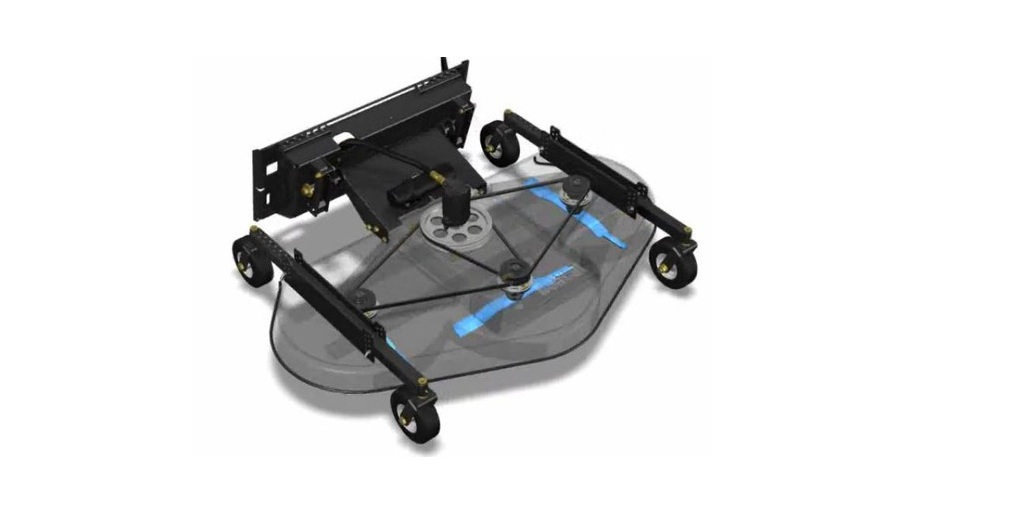Managing a lot of land can involve a great deal of labor, year in and year out. It is also a matter of operational practicality for those that manage wildlands or those that run farms or orchards.
But even if you don’t, there are practical reasons to contain rampant brush and overgrowth around your property, and if you have a lot of land, manual methods are off the table.
Here’s what you need to know about keeping brush at bay.
Helpful Skid Steer Attachments: Skid Steer Mowers and Grapple Rake Attachments
If you have a skid steer loader, you can use a range of skid steer attachments to make it easier to help cut down and remove excessive undergrowth from your property.
One of the most helpful attachments is a skid steer mower. They can quickly and efficiently cut down and remove unwanted brush, and some of them can even manage coarse, thick woody debris, too.
If you don’t have a skid steer mower, a disk mulcher attachment is another useful skid steer attachment.
In addition, grapple rakes can be highly useful for clearing away brush and dragging it to burn piles after it has been cut down.
We recommend Spartan Equipment because they sell a wide range of skid steer and mini skid steer attachments, all made in the U.S. with American steel.
Why Clearing Brush Can Be Beneficial
Managing excessive brush can be highly valuable for multiple reasons.
For one, farmers and ranchers need to clear their land after each season (or before planting for the first time).
Another is that, while brush harbors wildlife, keeping brush under control can help you manage populations of pests and game and keep potential infestations at bay.
Clearing brush can also maintain or even increase the value of your property while diminishing the risk of fires.
Eliminating excess brush will also allow you to cater to the needs of specific trees or wildlife species for which you are managing the land. For instance, hunters might prefer to periodically remove brush to create swaths of early successional habitat for select target species that would otherwise be forced off of increasingly overgrown land.
When To Clear and Burn Brush
Winter is generally seen as the best time to clear brush, as it is less dense and tangled, and in the winter, water flees into the roots of most plants, making them lighter and easier to remove (and burn).
After clearing brush, you have several different options at your disposal. One is to leave the cut or mulched brush on the ground, where it will continue to provide ground cover, retain moisture, and help prevent the establishment of new weeds. Leaving it on the ground will also allow it to decompose in situ, returning nutrients to the soil.
However, another good alternative is to rake the cleared brush into a burn pile and dispose of it by burning it.
If you do burn brush, be sure to do so outside of your area’s fire season. For most of the country, this is late summer to late fall, when the air, ground, and vegetation are relatively dry.
This makes late winter, when there is usually snow on the ground, and early spring, when rains are common, the preferred time to burn brush – and generally coincides with the best time to clear brush anyway.
Burning brush helps remove excessive woody material from a lot, which itself reduces the risk of unwanted wildfire. It also gets rid of the bulk of cut brush, and burning brush also rejuvenates the soil with nutrients while cleaning the ground around it and paving the way for pioneer species.
Before You Start
Before you break out the skid steer mower and the torch, be prepared by surveying your land, marking areas you want to clear and trees you want to leave standing. Also, be sure to adhere to all local rules and regulations to ensure you are in compliance with state and local statutes.
For More Information about skid steer mulcher and skid steer brush cutter Please Visit : Spartan Equipment








